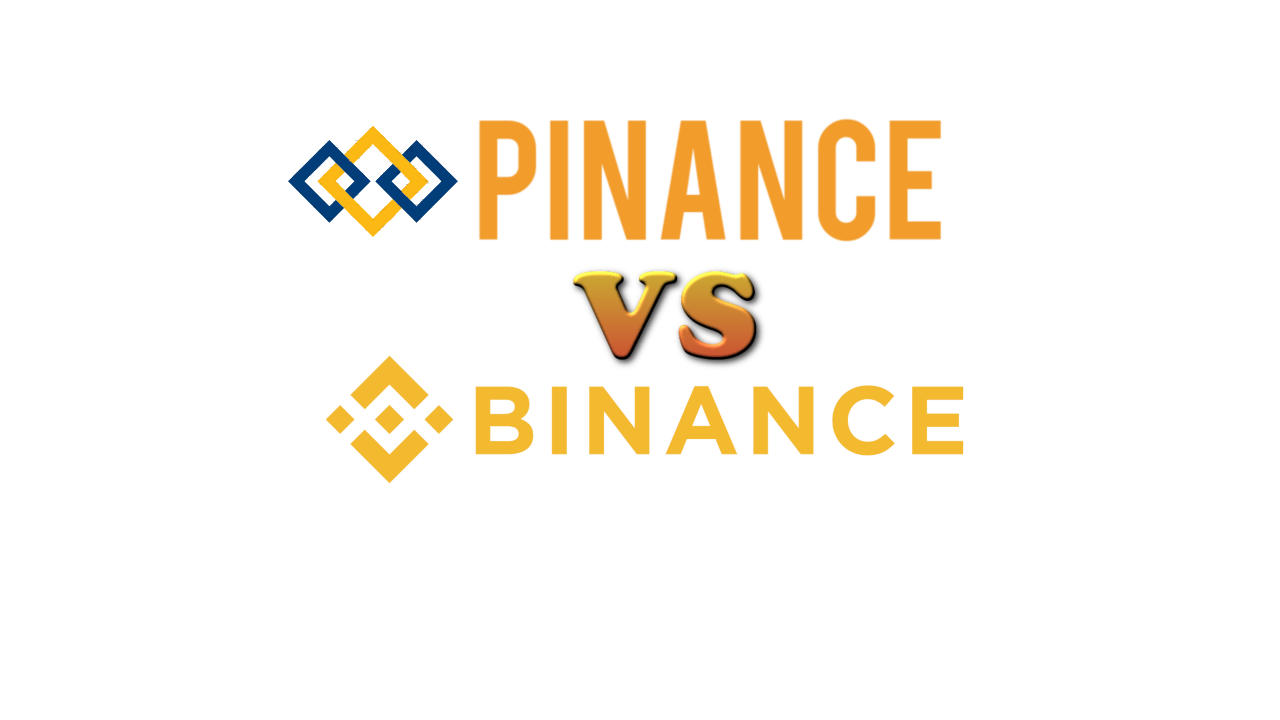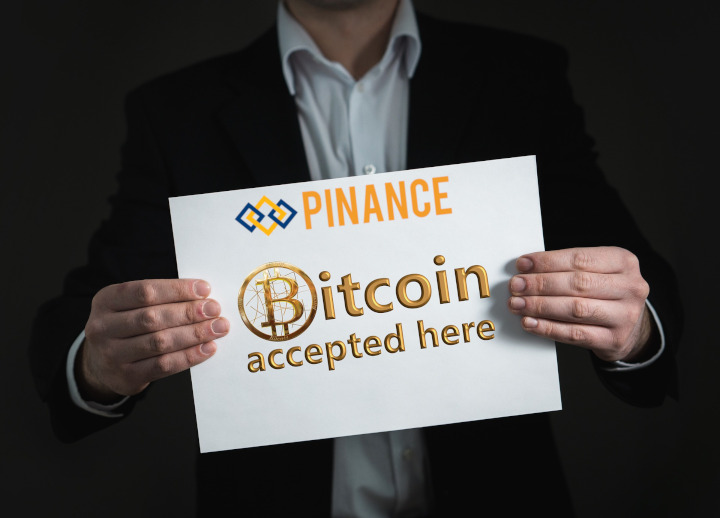Pinance VS Binance
Battle of the Crypto exchanges

Currently, every blockchain-based company is competing to build a network big enough to futureproof itself and build resilience for the volatile road ahead. The network effect doesn’t just span blockchains and cryptocurrencies themselves, but also the exchanges on which these assets are traded. In an ever-expanding industry, building a strong and wide network of users is the key to longevity for an exchange.
Last year, China shut down all domestic cryptocurrency exchanges in September 2017, Binance moved the headquarters and servers to Tokyo, outside the reach of Hong Kong and mainland regulators, and then to other markets, including Singapore and Taiwan.
Last month saw Zebpay and Pinance the two largest cryptocurrency exchanges from India shut down. Both companies were shut down due to recent restrictions choking crypto activities. Zebpay’s decision to close the exchange follows an industry-wide ban by the Reserve Bank of India, the country’s central bank. In April, the RBI effectively stopped banks from doing business with any crypto-related financial service or exchange thus effectively shutting down both exchanges.
“The curb on bank accounts has crippled our, and our customer’s, ability to transact business meaningfully. At this point, we are unable to find a reasonable way to conduct the cryptocurrency exchange business. As a result, we are stopping our exchange activities. At 4 p.m. today (28 September 2018), we will cancel all unexecuted crypto-to-crypto orders and credit your coins / tokens back to your Zebpay wallet. No new orders will be accepted until further notice.”
A Pinance spokesperson stated that the ban by the Reserve Bank of India stopping banks from transacting with Pinance has resulted in moving the exchange out of the country. The Exchange is in the process of re-registering and moving out of India to Singapore, Malta, and the Bahamas. ” We will be back in operation as soon as we have worked out the logistics and made the move said a Pinance spokesperson.
Interest in Pinance soared, leading to 400,000 and 500,000 new users every month by the end of 2017.
At that time, authorities began hammering Indian exchanges, creating the initial strain and division among government regulators and private enterprises. Tax officials began investigating tax collection from exchanges and investors, causing the first wave of crypto consumers to seek out peer-to-peer decentralized exchanges.
Shortly thereafter the Finance Ministry condemned virtual currencies by issuing a statement.
“VCs are not backed by Government fiat. These are also not legal tender. Hence, VCs are not currencies. These are also being described as ‘Coins’. There is however no physical attribute to these coins. Therefore, Virtual ‘Currencies’ (VCs) are neither currencies nor coins. The Government or Reserve Bank of India has not authorised any VCs as a medium of exchange. Further, the Government or any other regulator in India has not given license to any agency for working as exchange or any other kind of intermediary for any VC. Persons dealing in them must consider these facts and beware of the risks involved in dealing in VCs.”
The argument has framed today’s ongoing division in India between regulators who want to ban the industry completely and crypto enthusiasts who say the thriving crypto market underpins the wave of the financial future.
